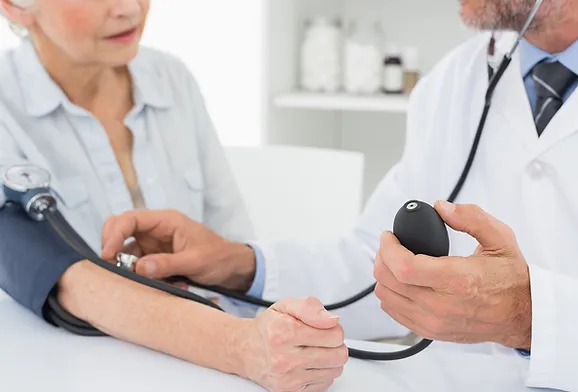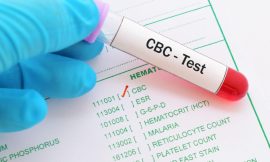What to Expect Before a Colonoscopy in Singapore
Preparation is key to a successful colonoscopy. Patients need to adhere to a strict low-residue diet a few days prior to the procedure and consume clear liquids the day before. Laxatives are commonly prescribed to ensure the colon is clear. Patients should disclose all current medications to their doctor to mitigate the risk of complications and arrange transportation home post-procedure due to the lingering effects of sedation.
Let’s get into the details:
1. Strict Low-Residue Diet: A few days before the colonoscopy, patients are advised to follow a low-residue diet. This diet aims to reduce the volume and number of stools produced by limiting the intake of fibre. High-fibre foods, such as fruits, vegetables, whole grains, nuts, and seeds, should be avoided.
The goal is to minimise any residue in the colon that could obscure the view during the examination. Instead, patients can consume foods that are easy to digest, like white bread, white rice, lean meats, and dairy products, in moderation.
2. Clear Liquids: The day before the procedure, patients must switch to a clear liquid diet. This step is crucial to ensure the colon is as clean as possible. Clear liquids include water, broth, clear juices without pulp, tea, and coffee without milk. These liquids help maintain hydration while ensuring the colon remains clear for the colonoscopy.
3. Laxatives: To ensure the colon is entirely empty, laxatives are prescribed. These are typically taken the night before and/or the morning of the procedure, depending on the specific instructions given by the healthcare provider. The laxatives cause diarrhoea, which cleanses the colon of any remaining faecal matter.
What to Expect During a Colonoscopy
Performed under sedation, a colonoscopy involves inserting a scope through the rectum to examine the colon and rectum’s lining. This procedure is both diagnostic and therapeutic, allowing for the removal of polyps or treatment of abnormalities.
A colonoscope, a long, flexible tube equipped with a video camera at the tip, is gently inserted through the anus and progressively guided through the rectum and into the colon. This instrument sends real-time video images to a monitor, providing a clear view of the colon’s interior surface for the attending physician.




